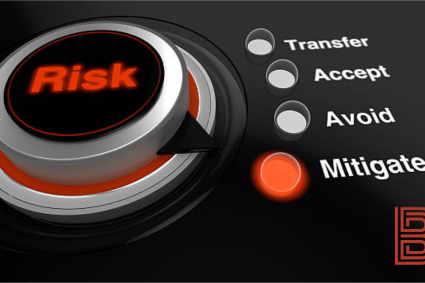
CVaR offers a more comprehensive risk assessment by focusing on the tail-end of loss distributions, where extreme losses occur, unlike Value at Risk (VaR), which only provides a threshold below which a certain percentage of losses fall.
VaR tells you the maximum expected loss over a given time period with a certain confidence level, say 95%. However, it doesn’t give any information about losses beyond that threshold. This is where CVaR becomes valuable. CVaR calculates the average loss that occurs in the worst-case scenarios, i.e., beyond the VaR threshold. For example, if the VaR at 95% confidence level is $1 million, CVaR would compute the average loss in the remaining 5% of worst losses.
One of the main advantages of CVaR is that it addresses some of the shortcomings of VaR. VaR can underestimate risk because it ignores the magnitude of losses beyond its cutoff. CVaR, by focusing on tail risk, gives a fuller picture of potential losses, making it particularly useful during times of financial stress or market volatility when extreme losses are more likely.
CVaR is also more coherent as a risk measure compared to VaR, meaning it satisfies key properties like subadditivity, which implies that diversification reduces risk. This makes CVaR not only a more reliable risk measure for individual portfolios but also for aggregated risk across multiple assets.
CVaR is essential in risk management for identifying and preparing for extreme loss events, allowing firms to better hedge against tail risks and make more informed decisions in portfolio management.
www.baretzky.net




















